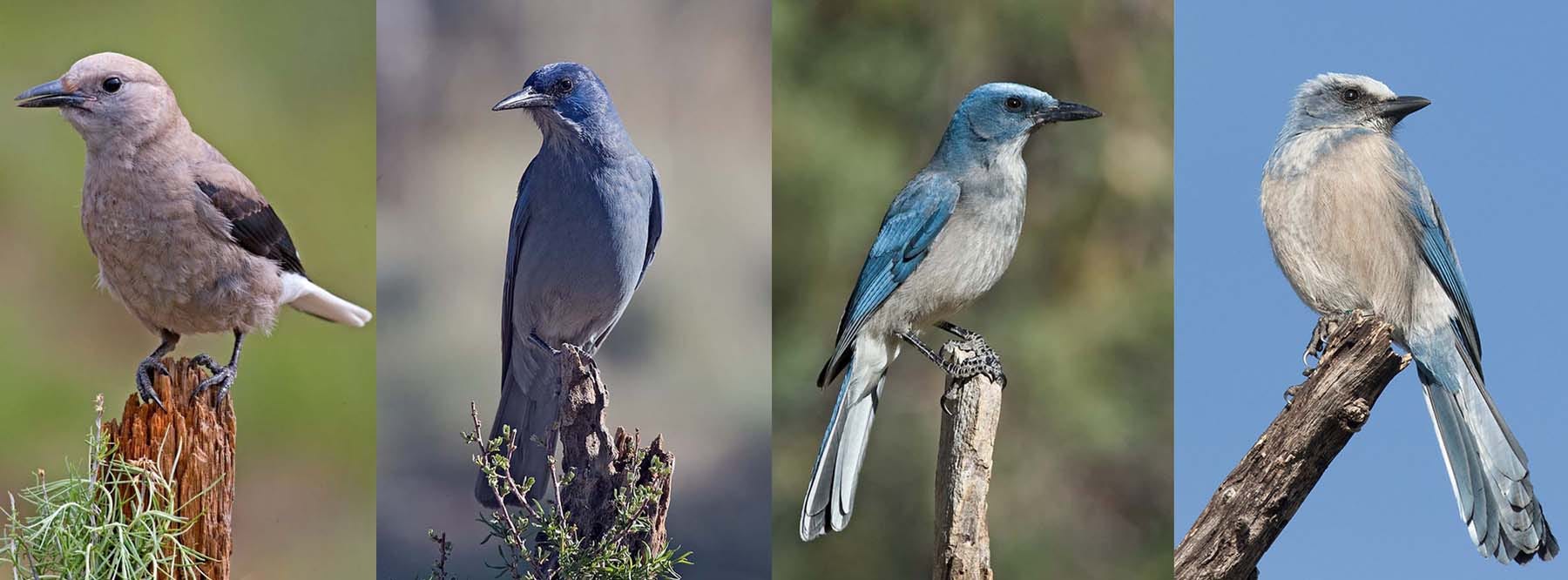What Do Taxi and Bird Brains Have in Common?
Two stories as different as they are close
🏷️ Categories: Memory
“The brain is a far more open system than we ever imagined, and nature has gone very far to help us perceive and take in the world around us. It has given us a brain that survives in a changing world by changing itself.”
Norman Doidge, The brain that changes itself (2008).
Your environment changes your brain.
The brain is amazing, it is able to adapt and change in response to our experiences and environment. Depending on what you do and what you surround yourself with, your brain will change, this is known as neuroplasticity, and it happens because certain areas of the brain develop more or less depending on how we use them. Two completely unrelated stories cross our path: cab drivers and birds.
What is it about their brains that makes them so similar?
What to see in London: Taxi Driver Brains
London cab drivers are known for their extraordinary spatial memory, and this is due to the nature of their work.
Before GPS became common tools, cab drivers had to pass an extremely demanding exam that required them to know the entire street map of the city. This demanding training stimulated the development of the hippocampus, the region of the brain responsible for spatial memory and navigation.
Research has shown that the size of the hippocampus of cab drivers is larger than average, which confirms the neuroplasticity of the brain, so if we exercise our brain repeatedly with the same stimulating tasks, we will enhance those areas that are involved. So much so that the more years of experience they had, the more developed this area was (Maguire, et al., 2000).
The curious story of 4 birds
Birds are cab drivers of the sky.
Think about it for a moment, don't cab drivers and birds do the same thing? They both have to remember the roads that connect dots. The only difference is that some use cars and others use wings. For example, there are birds that hide seeds in numerous places and then return to eat them. Do these birds have a more developed hippocampus than other birds?
With this question in mind, some researchers set out to compare 4 genetically similar species, all of which stored seeds in greater or lesser quantities (Basil et al., 1996). These were the 4 contenders for the best hippocampus:
From left to right:
Nucifraga columbiana
Gymnorhinus cyanocephalus
Aphelocoma ultramarina
Aphelocoma coerulescens
Who won the contest?
Well, the first one won, Nucifraga columbiana, also known as Clark's Nutcracker. After examining its hippocampus, they observed that it was the species with the most developed hippocampus in proportion to its size. And do you know why?
Exactly, Clark's nutcracker can harvest up to 33,000 seeds and then store them in over 6000 separate locations (Wall & Balda, 2010; Balda & Kamil, 1992; Mewaldt, 1956).
That's a lot of locations to remember.
Neural pruning: The brain is a mental gardener.
That's right, the brain prunes the branches of the brain that dry up.
Neural pruning, the process by which underused neural connections are being eliminated and those that are most exercised are enhanced (Chechik et al., 1999; Cardozo et al., 2019). The goal is to reorganize the brain efficiently. It peaks at puberty, but occurs throughout life (Faust et al., 2021). It is never too late to exercise the brain, like cab drivers, who develop the hippocampus in adulthood.
The brain is like a muscle, it gets stronger if you train it.
The brain is plastic, each person modifies it according to his or her habits.
The brain feeds on what you give it.
Now think about what diet you feed yours.
That's all for today, see you soon 👋.
📚 References
Balda, R. P., & Kamil, A. C. (1992). Long-term spatial memory in clark’s nutcracker, Nucifraga columbiana. Animal Behaviour, 44(4), 761-769. https://doi.org/10.1016/s0003-3472(05)80302-1
Basil, J. A., Kamil, A. C., Balda, R. P., & Fite, K. V. (1996). Differences in Hippocampal Volume among Food Storing Corvids. Brain, Behavior And Evolution, 47(3), 156-164. https://doi.org/10.1159/000113235
Cardozo, P. L., de Lima, I. B. Q., Maciel, E. M. A., Silva, N. C., Dobransky, T., & Ribeiro, F. M. (2019). Synaptic elimination in neurological disorders. Current Neuropharmacology, 17(11), 1071-1095.
Chechik, G., Meilijson, I., & Ruppin, E. (1999). Neuronal regulation: A mechanism for synaptic pruning during brain maturation. Neural Computation, 11(8), 2061-2080.
Faust, T. E., Gunner, G., & Schafer, D. P. (2021). Mechanisms governing activity-dependent synaptic pruning in the developing mammalian CNS. Nature Reviews Neuroscience, 22(11), 657-673.
Maguire, E. A., Gadian, D. G., Johnsrude, I. S., Good, C. D., Ashburner, J., Frackowiak, R. S. J., & Frith, C. D. (2000). Navigation-related structural change in the hippocampi of taxi drivers. Proceedings Of The National Academy Of Sciences Of The United States Of America, 97(8), 4398-4403. https://doi.org/10.1073/pnas.070039597
Mewaldt, L. R. (1956). Nesting Behavior of the Clark Nutcracker. The Condor, 58(1), 3-23. https://doi.org/10.2307/1365043
Wall, S. B. V., & Balda, R. P. (2010). Ecology and Evolution of Food-storage Behavior in Conifer-seed-caching Corvids. Zeitschrift Für Tierpsychologie, 56(3), 217–242. https://doi.org/10.1159/000113235






Thank you for explaining this. That's why it's important to exercise as many different skills as possible all through life, especially as one gets older and "starts forgetting." It's amazing how quickly a long ago interest, such as playing an instrument or speaking a foreign language, can come back when we return to doing it every day or so.